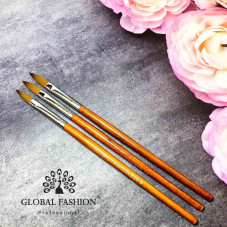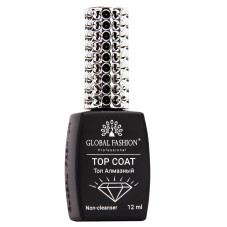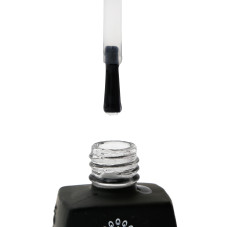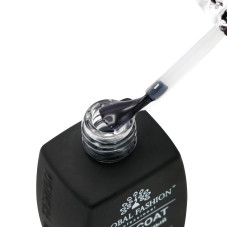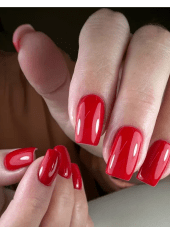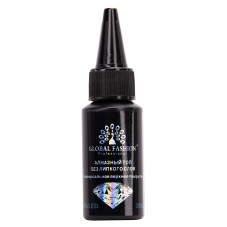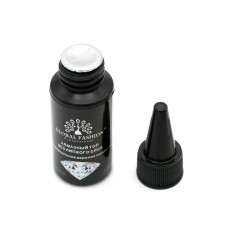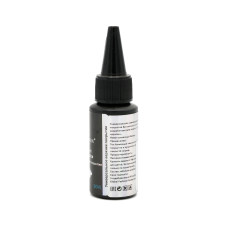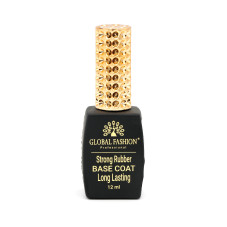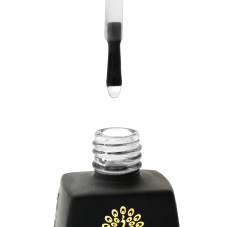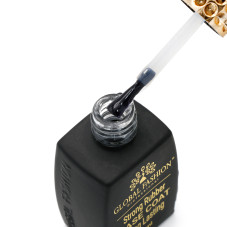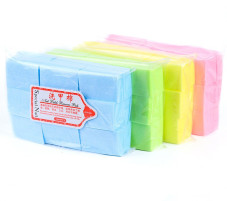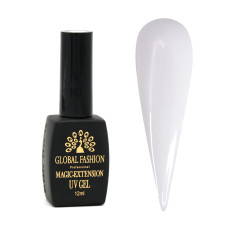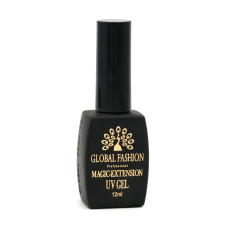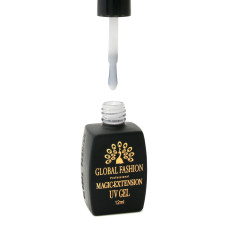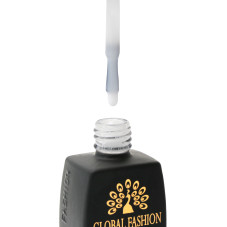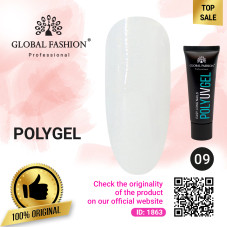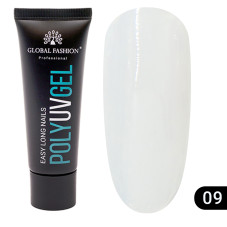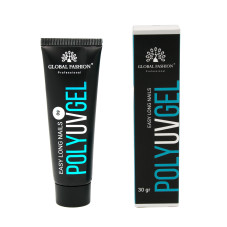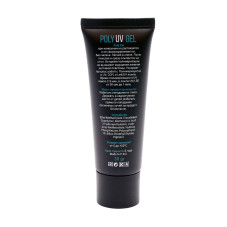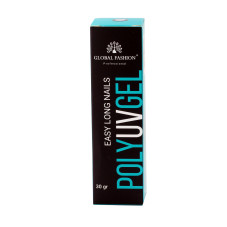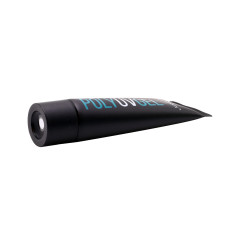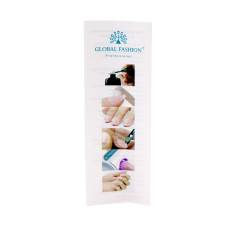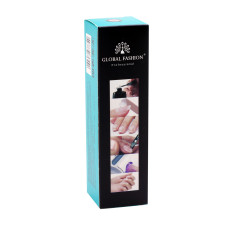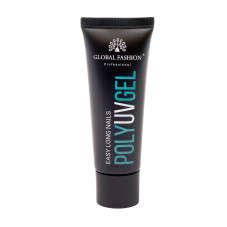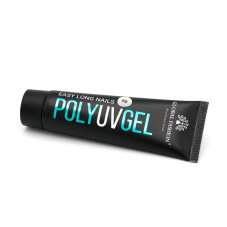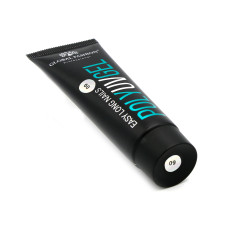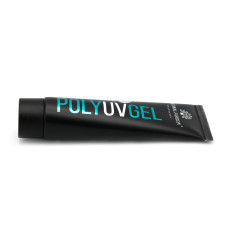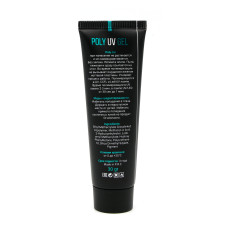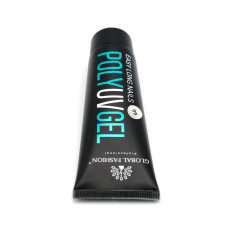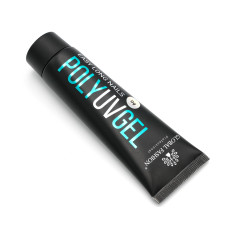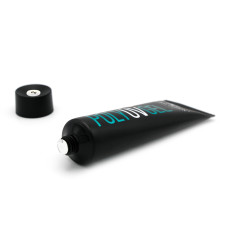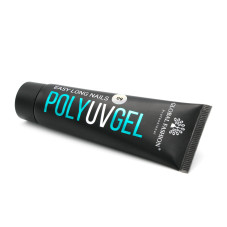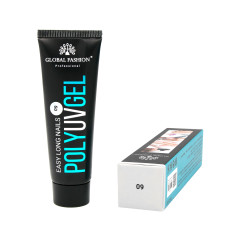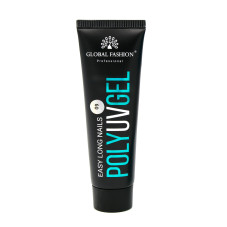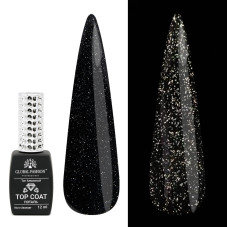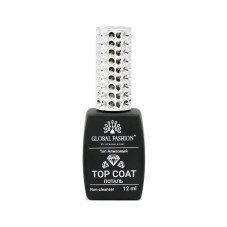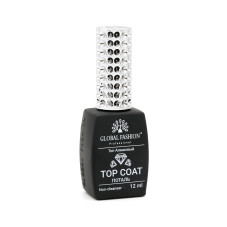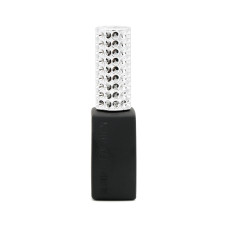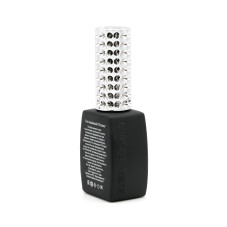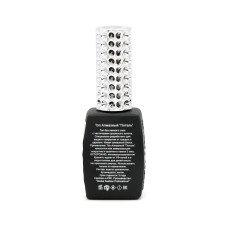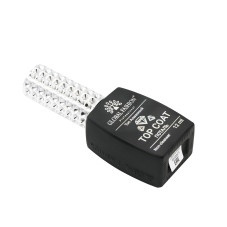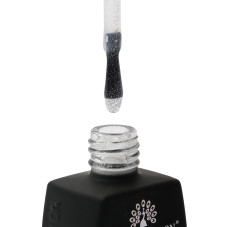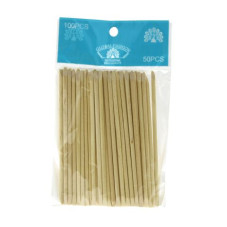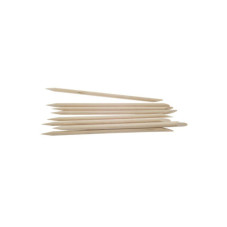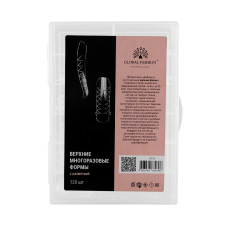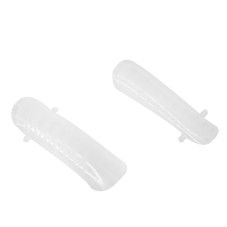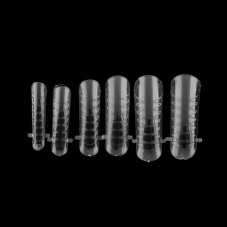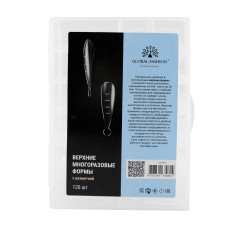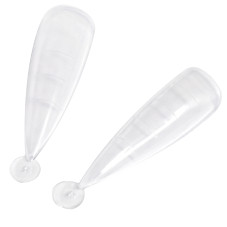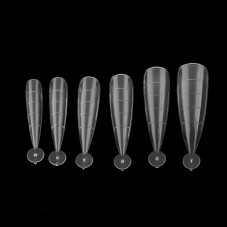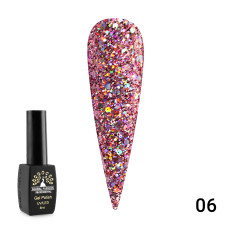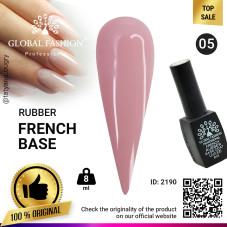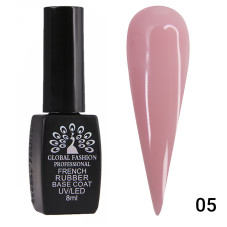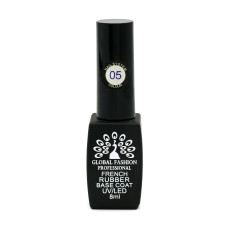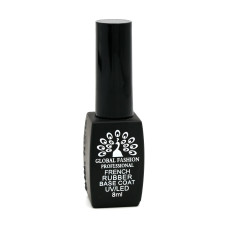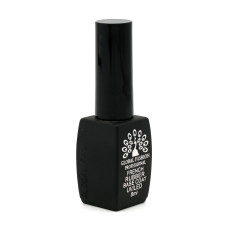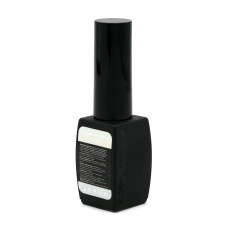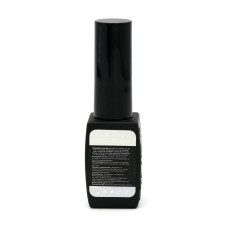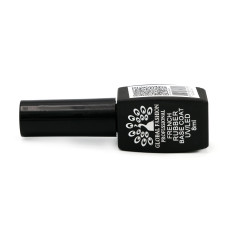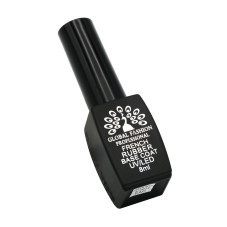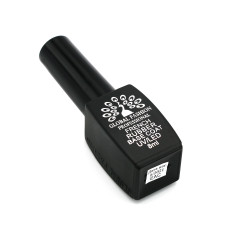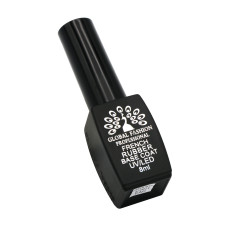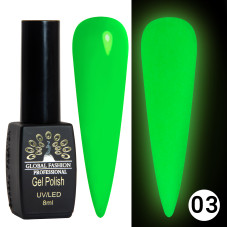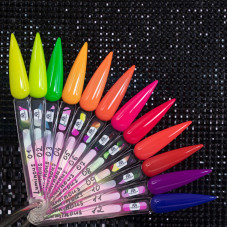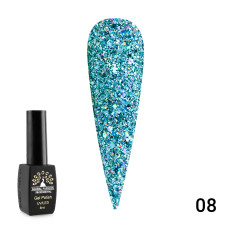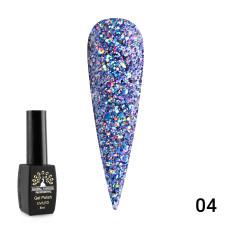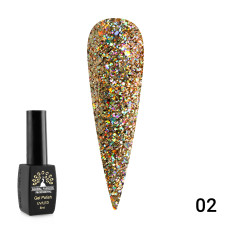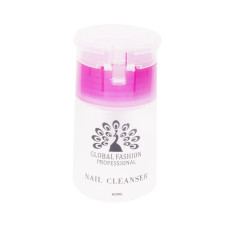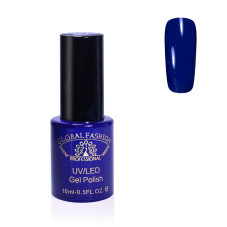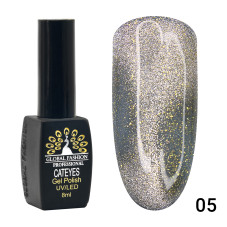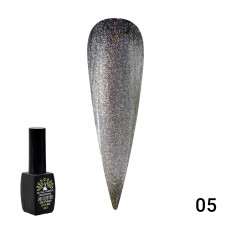Brushes for acrylic
Filters

Color
Clear
roll up
Density
Clear
roll up
Effect
Clear
roll up
6692 bought
ID: 3678
280 ₽
3345 bought
ID: 3688
500 ₽
2329 bought
ID: 1863
350 ₽
1494 bought
ID: 11773
200 ₽
240 bought
ID: 2190
213 ₽
-15%
194 bought
ID: 11951
200 ₽
-20%
Brushes for Acrylic: A Guide to Choosing the Right Brush If you're looking to extend your nail game and venture into acrylic nail art, choosing the right brush is essential. The brush you use can define how smooth the application is, how much control you have, and how long it'll last. Before buying a brush, it's important to understand the different features and classifications of acrylic nail brushes. Types of Acrylic Nail Brushes 1. Kolinsky Sable Brushes: Regarded as the highest-quality type of nail brush, Kolinsky sable brushes are made of hair taken from the tails of Siberian weasels. They offer excellent quality, durability, and control while applying acrylic. 2. Synthetic Brushes: Made of nylon or other synthetic materials, synthetic brushes are less expensive and softer than Kolinsky sable brushes. They're easier to clean and maintain, making them perfect for beginners. 3. Blend Brushes: These brushes are a combination of synthetic and natural bristles. Blend brushes are preferred by many nail techs because they have more flexibility and are easier to use. Shapes of Acrylic Nail Brushes 1. Round Brushes: Round brushes have a pointed tip and are ideal for detailed work such as French manicures or creating intricate designs. 2. Flat Brushes: With a flat paddle shape, this type of brush is best for larger surface areas such as filling or base-coating. 3. Oval Brushes: Oval brushes are similar to flat brushes but have slightly curved edges, making them easier to control when creating curves and blending. Size of Acrylic Nail Brushes The size of the brush you choose depends on the size and style of the nails you're working on. Generally, smaller brushes are used for fine, detailed work while larger brushes are used for filling and base-coating. Tips for Choosing the Right Brush for Acrylic Nails 1. Consider the quality of the brush. High-quality brushes like Kolinsky sable brushes may cost more initially, but they'll last longer and perform better. 2. Think about the shape and size of the nail you'll be working on. It's important to use the appropriate brush size to ensure accuracy and control. 3. Personal preference also plays a role in choosing the right brush. Some nail techs may prefer synthetic brushes for their easy maintenance, while others may prefer blend brushes for their flexibility. Conclusion Choosing the right brush is essential when it comes to achieving great results with acrylic nails. Take the time to understand the types, shapes, and sizes of acrylic nail brushes to help you make the best decision for your needs. With the right brush on your side, you're sure to create stunning nail art that will last.
